Haoqi Zhang
DeepForm: Reasoning Large Language Model for Communication System Formulation
Jun 11, 2025Abstract:Communication system formulation is critical for advancing 6G and future wireless technologies, yet it remains a complex, expertise-intensive task. While Large Language Models (LLMs) offer potential, existing general-purpose models often lack the specialized domain knowledge, nuanced reasoning capabilities, and access to high-quality, domain-specific training data required for adapting a general LLM into an LLM specially for communication system formulation. To bridge this gap, we introduce DeepForm, the first reasoning LLM specially for automated communication system formulation. We propose the world-first large-scale, open-source dataset meticulously curated for this domain called Communication System Formulation Reasoning Corpus (CSFRC). Our framework employs a two-stage training strategy: first, Supervised Fine-Tuning (SFT) with Chain-of-Thought (CoT) data to distill domain knowledge; second, a novel rule-based Reinforcement Learning (RL) algorithm, C-ReMax based on ReMax, to cultivate advanced modeling capabilities and elicit sophisticated reasoning patterns like self-correction and verification. Extensive experiments demonstrate that our model achieves state-of-the-art performance, significantly outperforming larger proprietary LLMs on diverse senerios. We will release related resources to foster further research in this area after the paper is accepted.
MEBS: Multi-task End-to-end Bid Shading for Multi-slot Display Advertising
Mar 05, 2024



Abstract:Online bidding and auction are crucial aspects of the online advertising industry. Conventionally, there is only one slot for ad display and most current studies focus on it. Nowadays, multi-slot display advertising is gradually becoming popular where many ads could be displayed in a list and shown as a whole to users. However, multi-slot display advertising leads to different cost-effectiveness. Advertisers have the incentive to adjust bid prices so as to win the most economical ad positions. In this study, we introduce bid shading into multi-slot display advertising for bid price adjustment with a Multi-task End-to-end Bid Shading(MEBS) method. We prove the optimality of our method theoretically and examine its performance experimentally. Through extensive offline and online experiments, we demonstrate the effectiveness and efficiency of our method, and we obtain a 7.01% lift in Gross Merchandise Volume, a 7.42% lift in Return on Investment, and a 3.26% lift in ad buy count.
We Know What You Want: An Advertising Strategy Recommender System for Online Advertising
Jun 08, 2021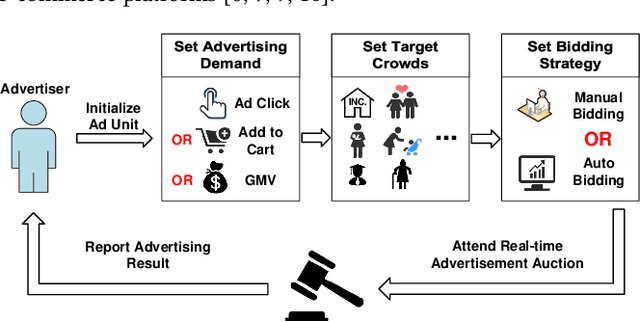
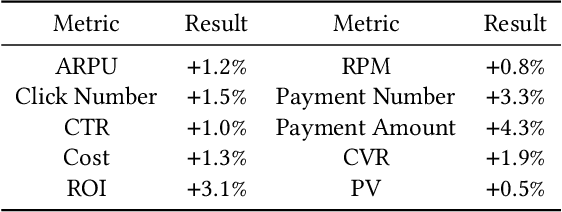
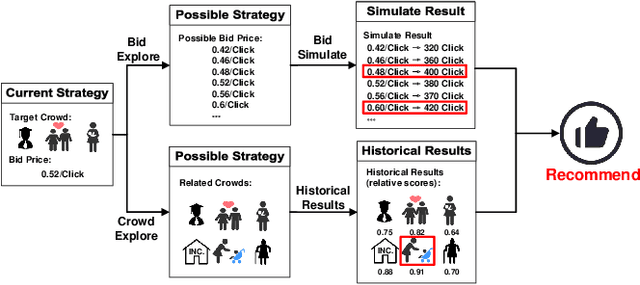

Abstract:Advertising expenditures have become the major source of revenue for e-commerce platforms. Providing good advertising experiences for advertisers through reducing their costs of trial and error for discovering the optimal advertising strategies is crucial for the long-term prosperity of online advertising. To achieve this goal, the advertising platform needs to identify the advertisers' marketing objectives, and then recommend the corresponding strategies to fulfill this objective. In this work, we first deploy a prototype of strategy recommender system on Taobao display advertising platform, recommending bid prices and targeted users to advertisers. We further augment this prototype system by directly revealing the advertising performance, and then infer the advertisers' marketing objectives through their adoptions of different recommending advertising performance. We use the techniques from context bandit to jointly learn the advertisers' marketing objectives and the recommending strategies. Online evaluations show that the designed advertising strategy recommender system can optimize the advertisers' advertising performance and increase the platform's revenue. Simulation experiments based on Taobao online bidding data show that the designed contextual bandit algorithm can effectively optimize the strategy adoption rate of advertisers.
* Accepted by KDD 2021
Content-based Analysis of the Cultural Differences between TikTok and Douyin
Nov 03, 2020
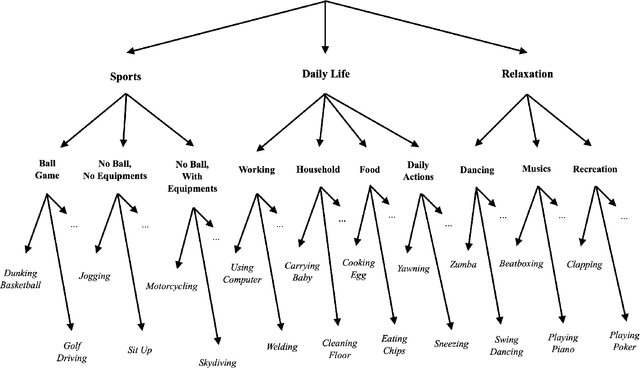
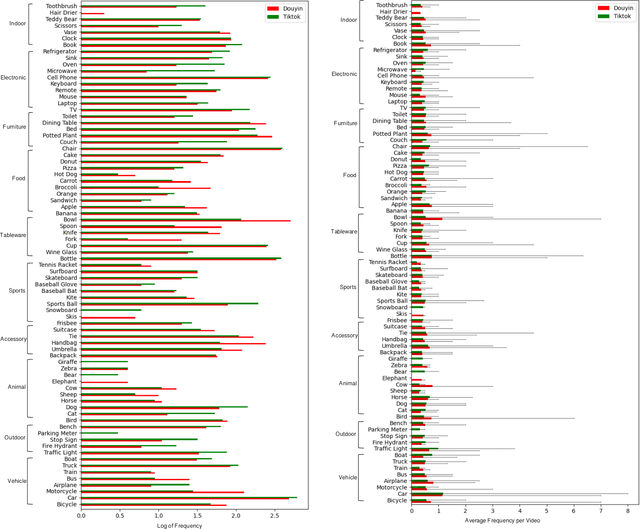
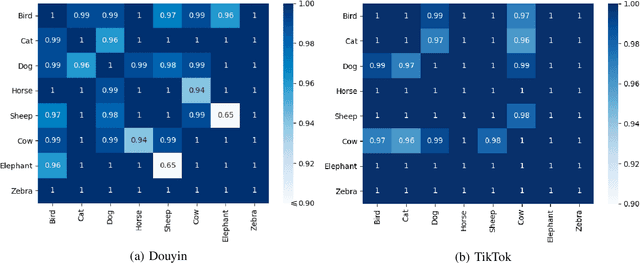
Abstract:Short-form video social media shifts away from the traditional media paradigm by telling the audience a dynamic story to attract their attention. In particular, different combinations of everyday objects can be employed to represent a unique scene that is both interesting and understandable. Offered by the same company, TikTok and Douyin are popular examples of such new media that has become popular in recent years, while being tailored for different markets (e.g. the United States and China). The hypothesis that they express cultural differences together with media fashion and social idiosyncrasy is the primary target of our research. To that end, we first employ the Faster Regional Convolutional Neural Network (Faster R-CNN) pre-trained with the Microsoft Common Objects in COntext (MS-COCO) dataset to perform object detection. Based on a suite of objects detected from videos, we perform statistical analysis including label statistics, label similarity, and label-person distribution. We further use the Two-Stream Inflated 3D ConvNet (I3D) pre-trained with the Kinetics dataset to categorize and analyze human actions. By comparing the distributional results of TikTok and Douyin, we uncover a wealth of similarity and contrast between the two closely related video social media platforms along the content dimensions of object quantity, object categories, and human action categories.
A Deep Prediction Network for Understanding Advertiser Intent and Satisfaction
Aug 20, 2020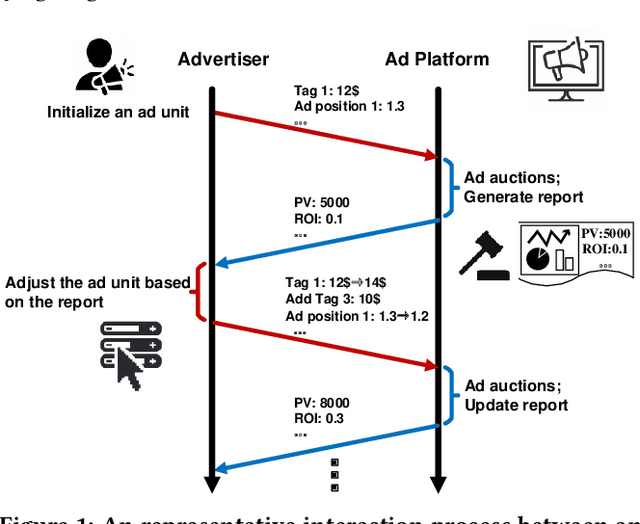

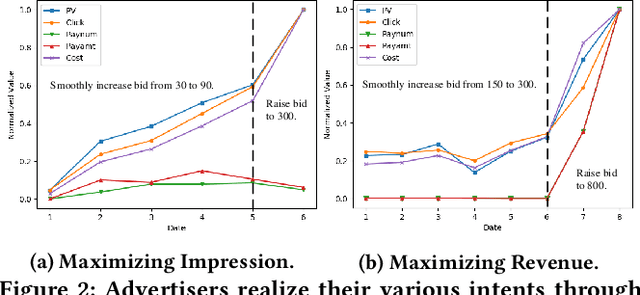
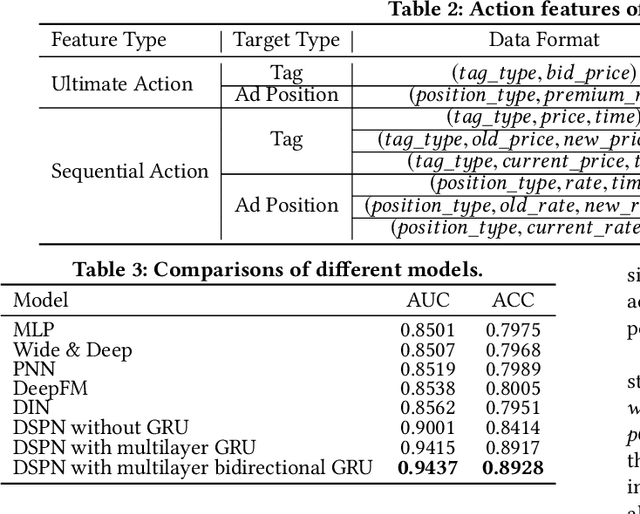
Abstract:For e-commerce platforms such as Taobao and Amazon, advertisers play an important role in the entire digital ecosystem: their behaviors explicitly influence users' browsing and shopping experience; more importantly, advertiser's expenditure on advertising constitutes a primary source of platform revenue. Therefore, providing better services for advertisers is essential for the long-term prosperity for e-commerce platforms. To achieve this goal, the ad platform needs to have an in-depth understanding of advertisers in terms of both their marketing intents and satisfaction over the advertising performance, based on which further optimization could be carried out to service the advertisers in the correct direction. In this paper, we propose a novel Deep Satisfaction Prediction Network (DSPN), which models advertiser intent and satisfaction simultaneously. It employs a two-stage network structure where advertiser intent vector and satisfaction are jointly learned by considering the features of advertiser's action information and advertising performance indicators. Experiments on an Alibaba advertisement dataset and online evaluations show that our proposed DSPN outperforms state-of-the-art baselines and has stable performance in terms of AUC in the online environment. Further analyses show that DSPN not only predicts advertisers' satisfaction accurately but also learns an explainable advertiser intent, revealing the opportunities to optimize the advertising performance further.
 Add to Chrome
Add to Chrome Add to Firefox
Add to Firefox Add to Edge
Add to Edge